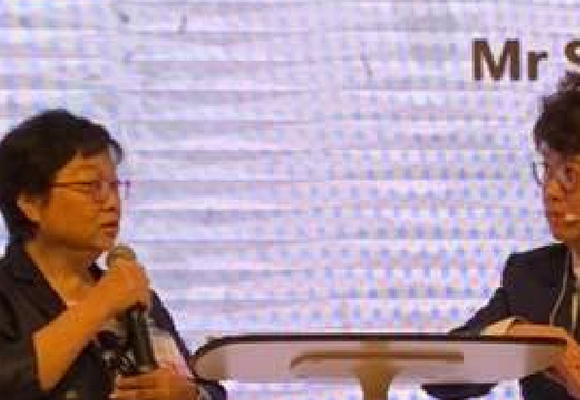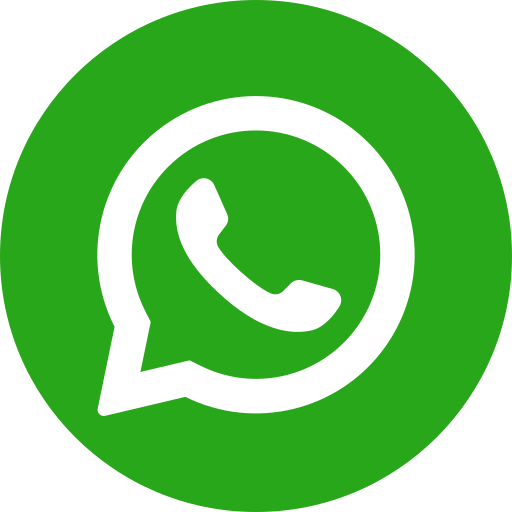Vision problems after concussions
Traumatic brain injury (TBI) is one of the major causes of death in Malaysia. The prevalence which includes the children and adult younger than 45 years old. The statistics in 2011 showed that in the year 2009, around 80% of TBI is caused by car accidents, affected the aged 15-24 (34%), males (87%). 276 ICU beds are available in the government hospitals, and TBI patients were occupied about 25 of the ICU beds per day.
A concussion is a type of Traumatic Brain Injury (TBI) resulting from blows to the head, which causes sudden movement and bounce movement in the skull. The symptoms such as dizziness, eye coordination issues after a concussion are known as Post Trauma Vision Syndrome (PTVS). It happens after a brain injury, damage the part that is involved in visual function and information processing. As a result, the visual system functions will be disrupted. Patient with PTVS, he may have difficulty to sustain the attention and comprehend it, eye tracking problems that will mix up the information easily and end up with headache or migraine.
Causes of concussion
(i) Bumps or blows to the head
(ii) Hits the body and causes the head to move violently back and forth
(iii) Accidents
(iv) Sport that involves physical contact with other players or contact with a ball
Symptoms
(a) Poor reading abilities
PTVS causes eye tracking problem and difficulty to control eye coordination, will affect a patient’s reading abilities and comprehension. This will indirectly affect other tests that involving reading. It is understandable if a marathon runner was physically healthy and in great shape but the performance drops because an injury is disrupted the coordination and his running was suffering.
(b) Dizziness/ Balance/ Vertigo
PTVS will disrupt the proper integration of vestibular, proprioceptive, and visual information. As a result, the person needs to plateau with vestibular rehabilitation. There are lenses that can be put on the glasses to change their space perception, improve balance and symptoms immediately when undergoing rehabilitation.
(c) Headaches/ Migraines
PTVS patients may experience headaches or migraines after a long period of time with computers, reading, busy visual environments, and other visual stimuli.
(d) Ocular motor dysfunction
Ocular motor dysfunction, also known as oculomotor dysfunction, means eyes track inaccurately. The patient is not able to track from finger to finger or the lines on the reading materials. As a result, space navigation and reading abilities may drop with poor eye-hand coordination. If this problem is left untreated, it will slow down the therapeutic processes by occupational and physical therapists.
(e) Binocular dysfunction
Binocular dysfunction means the inability to use both eyes together accurately. It will affect a person to carry out daily activities such as reading, driving, playing sports, etc. If this problem is left untreated, it will slow down the therapeutic processes by occupational and physical therapists.
(f) Convergence insufficiency
Convergence insufficiency means the inability to use both eyes together at near distance accurately. Patients may inability to converge or inability to sustain converge under stress tests. As a result, all tasks at a near distances will be significantly affected.
(g) Accommodative dysfunction
Accommodative dysfunction means the lens is not able to shift focus within a normal range or the brain is unable to control where the lens needs to focus.
Treatments
Neuro-Optometric Vision Rehabilitation helps teach patients how the brain to control eye movement, work together and how the brain to interpret the input information for depth/space and vestibular integration. It helps to improve vision function as well as to reduce the symptoms.
https://www.youtube.com/watch?v=LV9nicdaLpI
https://www.youtube.com/watch?v=bSqpesFmqN4&t=70s
Reference:
https://neuroscirn.org/ojs/index.php/nrnotes/article/view/52/95


